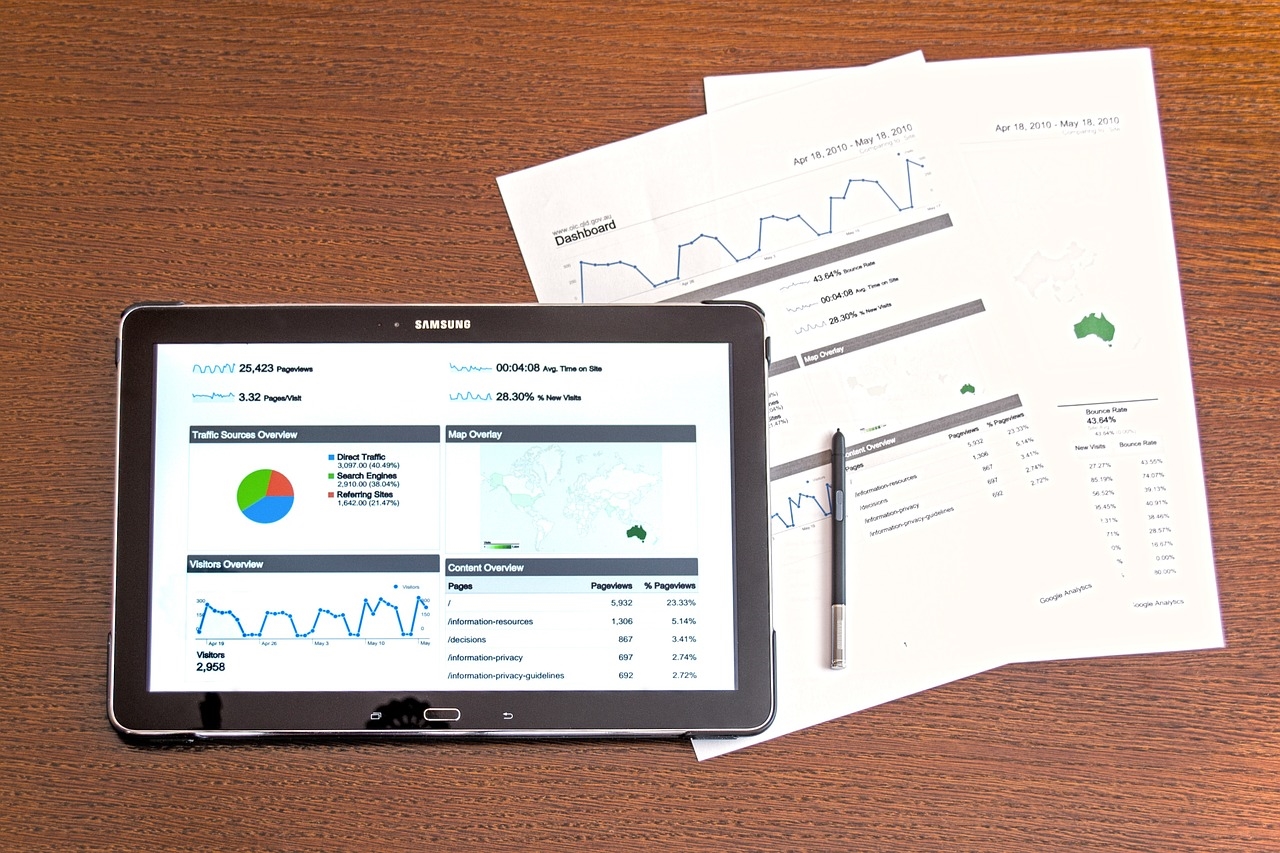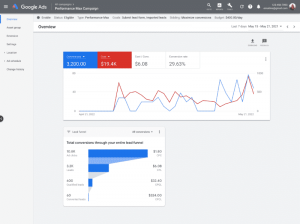— August 15, 2018

PhotoMIX-Company / Pixabay
To keep your company profitable and competitive, it is important to create a strong online presence. To accomplish this goal, a necessary tool is Google Adwords, a search marketing tool. Unless you’re an internet or marketing expert, this process may be confusing, which is why we are going to break down the basics of using Adwords for your small business.
What is Google Adwords?
There are two ways to help your website rank higher in Google searches, organically or by paying. If you have a new website, it can take months or even years for it to climb the rankings, causing your site to live in obscurity and losing out on sales. As an alternative, Google allows you to pay to have your site show up on the first page of Google.
The paid results show up on the top of or to the right of organic results, and while they look almost identical, they do have a “Sponsored” label to identify them.
How Does Adwords Function?
Adwords allows you to advertise based on keywords (words or terms relevant to your business) that your customers are likely to search for when looking for your products or services. The tool provides relevant data, such as how many people search for the keywords, what the competition for each term is, and how much it would cost every time a person would click on the keyword (PPC).
Once you find relevant keywords, you can bid on them against your competitors, and if you place the highest bid, your link would appear in paid Google search results.
How to Set Up Google Adwords?
Once you have your keywords, you can set up a paid campaign on Google Adwords by following these steps:
- Select a campaign: Google gives you a variety of options for the type of campaigns you want (video, search, etc.). Select the type you want and give it a name.
- Choose the area: Decide where you want to advertise by country, state, city or even metropolitan area.
- Choose your bid strategy and budget: Google allows you to choose how to place bids, depending on conversions, clicks, views or impressions. You can also set daily maximum bids to stick to your budget.
- Fill out Ad Extensions: This is additional information you want your ads to show about your company.
- Write a headline and short text for your ad.
- Insert keywords.
- Set your default bid: The max you want to pay per bid.
- Enter your billing information.
How Do you Track Your Google Adwords Results?
Any time you spend money on marketing or advertising, it’s important to track results to see what is effective and what isn’t. Over time, you will see which keywords bring the best results, and you can concentrate on specific campaigns to help with your ROI.
To track your Google Adwords conversions, follow these steps:
- Click on Tools, and then Conversions in your Adwords account.
- Click on the +Conversion button.
- Click on website to track the results.
- Name the specific action you’re tracking, such as how many people sign up for your newsletter, make a purchase, visit a site, etc.
- It’s possible to define a monetary amount under the value section if you only offer one product/ service. For example, if you sell T-shirts for $ 19.99, that is the value you’d input. If you sell items for different amounts, you can specify that amount value for different conversions.
- Count: Choose to either count one conversion per ad click, great to track leads, or for sales, you can track every conversion.
- Conversion: Decide how long you want to track the ad for, from 1 day 90 days.
- Click Create.
By concentrating on finding a new audience base with paid online marketing, you can expose your brand to new customers and grow your sales.
Digital & Social Articles on Business 2 Community
(35)







